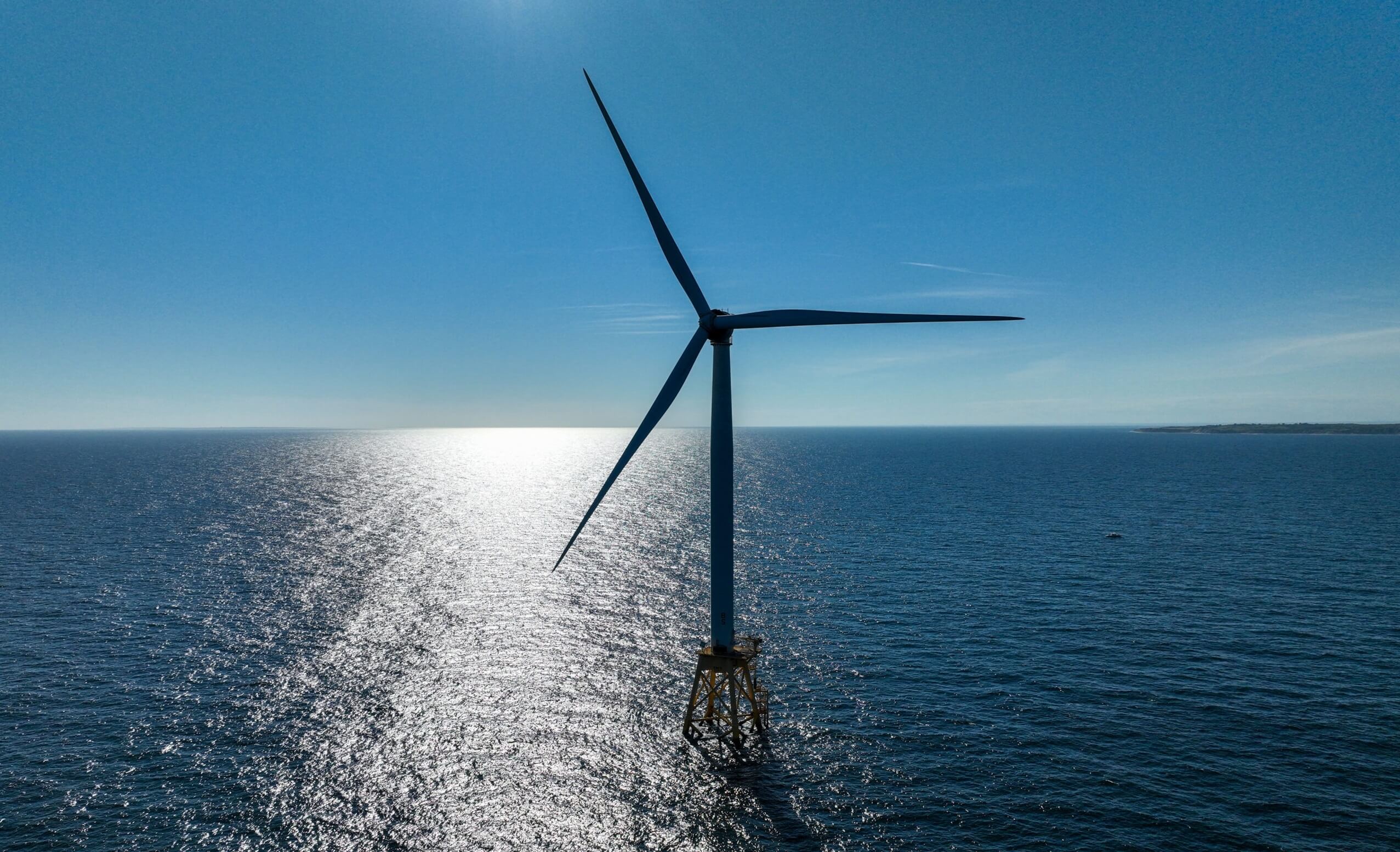We are using energy from the wind to generate electricity. Wind energy, or wind power, is created using a wind turbine. Scientists are using the wind’s kinetic energy to generate electricity, anything that moves has kinetic energy. Wind turbines use the power of wind to create electricity, because of this we call it Wind Energy.
The Invisible Force
Wind, an invisible force harnessed since the dawn of civilization, is once again propelling humanity forward. In the face of growing energy demands and climate change concerns, wind energy has emerged as a powerful and increasingly affordable renewable energy source. This article delves into the heart of this dynamic industry, exploring its history, technologies, benefits, challenges, and exciting future prospects.
Riding the Ancient Current: A Historical Journey
Wind’s energy has been utilized for thousands of years. From rudimentary windmills grinding grain to Dutch pumps draining land, wind has powered human progress. The 19th century saw the development of the first electricity-generating wind turbines, but limited technology and economics constrained their widespread adoption.

The 1970s oil crisis reignited interest, leading to advancements in turbine technical design and material science. Now, with falling costs, policy support, and growing environmental awareness, wind energy is experiencing a global boom.
Harnessing the Invisible Giant: Understanding Wind Turbines
Wind turbines capture and convert wind energy into electricity through a simple yet sophisticated process. The wind blows the blades of the turbine, which are attached to a rotor. After that, the rotor spins, and mechanical energy of rotation turns in to electricity. There are two types of wind turbines: the horizontal–axis wind turbines (HAWTs) and vertical-axis wind turbines (VAWTs).
Modern turbines are marvels of engineering, boasting sophisticated aerodynamics, lightweight materials, and advanced control systems to extract maximum energy from diverse wind conditions.

Powering the Planet: The Diverse Applications of Wind Energy
Wind energy is extending far beyond powering homes and businesses. Here are some key applications:
Large-scale Wind Farms
Vast arrays of turbines onshore and offshore generate electricity for entire communities and cities, contributing significantly to national grids and de-carbonization efforts.
Distributed Generation
Rooftop and community wind turbines provide localized power, reducing reliance on traditional grids and enhancing energy independence.
Water Pumping
Wind-powered pumps are vital for irrigation in rural areas, improving agricultural productivity and water security.
Offshore Wind
Harnessing stronger and more consistent winds at sea, offshore wind farms offer significant potential for large-scale clean energy generation. Wind energy’s versatility empowers communities, businesses, and industries, paving the way for a sustainable future.
Reaping the Benefits: Why Choose Wind Energy?
Wind energy offers a compelling case for widespread adoption:
Clean and Sustainable
Producing no harmful emissions, wind energy helps combat climate change and air pollution, contributing to a cleaner and healthier planet.
Renewable and Abundant
Wind is a constantly replenished natural resource, ensuring long-term energy security and independence from finite fossil fuels.
Cost-Effective
With rapidly declining costs, wind energy is becoming increasingly competitive with traditional sources, offering economic benefits for consumers and investors.
Job Creation
The wind energy industry generates significant employment opportunities in manufacturing, installation, and maintenance, boosting local economies.
By embracing wind energy, we can secure a more sustainable, affordable, and equitable energy future for all.
Navigating the Turbulence: Challenges and Considerations
Despite its promise, wind energy faces certain challenges:
- Intermittency: Wind speeds vary depending on weather conditions, posing challenges for grid integration and requiring energy storage solutions.
- Siting Considerations: Balancing turbine placement with environmental and community concerns is crucial to ensure social and ecological sustainability.
- Grid Infrastructure: Upgrading and expanding transmission infrastructure is necessary to effectively integrate large-scale wind farms into existing grids.
- Public Perception: Addressing concerns about visual impact, noise, and potential avian impact is vital for community acceptance and wider adoption.
Through technological advancements, strategic planning, and open communication, these challenges can be effectively addressed, unlocking the full potential of wind energy.
Looking Ahead: A Future Powered by Wind
The future of wind energy is bright. Technological advancements are making turbines more efficient and cost-effective, while offshore wind holds immense potential. Collaborative efforts between governments, industries, and communities are accelerating wind energy adoption, paving the way for a cleaner and more sustainable energy for the whole world.
Planet Health
As the wind turbines turn, they symbolize not just the generation of electricity, but also the transformation towards a future powered by clean, renewable energy, leaving a legacy of a healthier planet for generations to come.
